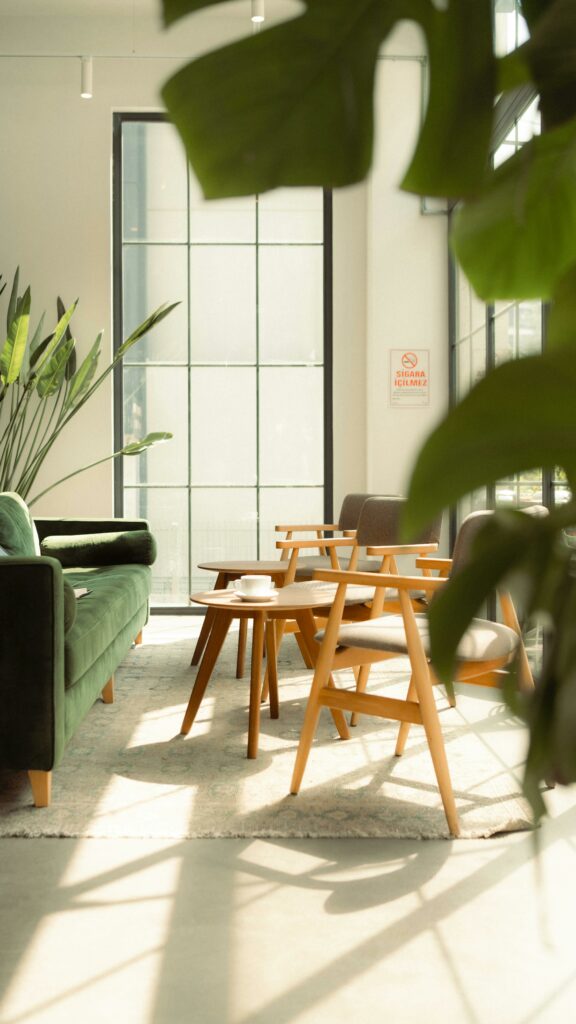Sustainable home upgrades gaining traction among homeowners
High utility bills, drafty rooms, and concerns about climate change push many families to ask how to make your home more energy-efficient. As a contractor, I hear the same goals again and again: lower costs, better comfort, and smart ways to reduce your home’s carbon footprint without blowing the budget.
Good news: practical upgrades now hit all three targets. Prices are improving, performance is proven, and buyers increasingly value green features. With demand rising and technology maturing, top eco-friendly upgrades for modern homes are moving from nice-to-have to standard practice across the United States.

How homeowners are embracing green living: Affordable sustainable home upgrades
Demand is real, not just talk. The National Association of Home Builders reports that 33% of builders see customers asking for green materials, and the American Institute of Architects notes a 25% jump in requests for sustainable design features since 2021. That means more projects start with efficiency and health in mind, not just finishes.
Costs are trending the right way. Energy-efficient window prices are down about 10% over five years, which makes a big difference for drafty homes. Upgrades are already showing impact at scale. The Energy Information Administration recorded a 5% drop in residential energy use in 2022, linked to energy-saving improvements spreading nationwide.
Best green technologies for home improvement: solar, smart thermostats, and efficient systems
Solar interest keeps climbing. A 2023 National Renewable Energy Laboratory survey found 45% of homeowners are considering panels in the next five years. Before installing, check roof age, shading, and local incentives. In sunny regions with fair rates, solar can offset a large share of annual electricity, especially when paired with efficient appliances and tight insulation.
Inside the home, smart thermostats offer fast wins. The Environmental Protection Agency reports bill reductions up to 15% by learning schedules and avoiding waste. Add air sealing, right-sized HVAC, and ENERGY STAR appliances, and you boost savings while improving comfort. These layered steps are among the best green technologies for home improvement because they cut use every hour of the day.
Environmentally friendly home materials and healthier interiors
Materials matter for health and sustainability. Bamboo flooring, recycled steel, and low-VOC paints reduce environmental impact and improve indoor air. Low-VOC finishes limit chemical smells and help families with allergies or asthma. Durable materials also lower long-term costs by reducing replacements.
For a stretch goal, look at LEED principles. The U.S. Green Building Council notes that LEED-certified homes use 20% to 30% less energy than non-certified homes. You do not need a certificate to benefit from those practices. Focus on a tight, well-insulated shell, efficient systems, and responsible materials, and you will capture most of the gains.
How to make your home more energy-efficient: practical steps and payback
Start with an energy audit to find the worst leaks and insulation gaps. Air sealing and attic insulation often deliver the best return. Next, tune or replace aging HVAC with efficient models, then upgrade to LED lighting and ENERGY STAR appliances. Smart controls help lock in savings by keeping systems from running when they are not needed.
Water-saving fixtures cut hot water use and protect your water heater. A smart thermostat can trim bills by up to 15%, and the rest of these measures stack. Taken together, these are smart ways to reduce your home’s carbon footprint while improving comfort and lowering noise from equipment that no longer has to work as hard.
Sustainable renovation ideas for U.S. homeowners and resale value
Green work pays back at sale. The National Association of Realtors reports homes with eco-friendly upgrades sell for about 4% more. Buyers notice efficient windows, quality insulation, induction ranges, and whole-house ventilation. A 2022 Harvard study also found 60% of homeowners are willing to pay more for sustainable home features, which supports strong demand.
Think in phases when planning sustainable renovation ideas for U.S. homeowners. Start with affordable sustainable home upgrades like air sealing, LEDs, and a smart thermostat, then move to windows, heat pumps, and solar when timing and budgets align. Lower window costs help, and each step builds a clearer story for buyers and appraisers.
Eco-friendly home design trends 2025 and market momentum
Expect 2025 to bring wider adoption of energy-efficient lighting, water-saving fixtures, and sustainable landscaping that cools homes and cuts irrigation. Architects are folding in efficiency from the first sketch. The market is growing fast too, with sustainable home improvement products projected to expand at an 11.5% annual rate through 2030 as options broaden and prices remain competitive.
For a practical path, set clear goals, schedule work around natural replacement cycles, and track your utility bills to verify results. Trusted guidance from the U.S. Department of Energy and recognized programs like LEED can help you compare options and prioritize upgrades that suit your climate, home age, and budget.
Sustainable home upgrades are gaining traction for good reasons: lower bills, better comfort, and healthier air. Start with a home energy assessment, fix the leaks, add smart controls, and plan the bigger steps. Talk with a local contractor about your goals, and build your upgrade plan at a pace that fits your family and budget.







